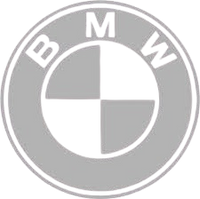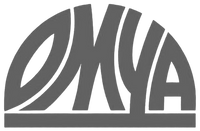Electrically and Thermally Conductive Adhesives Formulation Strategies
Package Includes
6 months access to Course Recording, Presentation Slides, Q&A Transcript
Course Description
Increase electrical & thermal conductivity of your adhesives without compromising on adhesion, durability, combined resistance to high humidity & elevated temperature. Renew your adhesive formulation strategy to meet today’s performance demands for advanced electronics, miniaturized components, and harsh operating conditions.
In this simulated live Edward Petrie will guide you to:
- Formulate adhesives for high conductivity with the right material selection and processing techniques.
- Maintain performance under real-world stressors like heat, moisture, and mechanical strain.
- Reduce shrinkage and stress in sensitive or flexible electronic assemblies and miniaturized parts.
- Apply proven strategies from real-world case studies across electronics, automotive, and medical applications.

Edward M Petrie
EMP SolutionsParticipants of this course includes





Why should you view this course?
Who should join this course?
-
This course is suitable for intermediate level proficiency
Intermediate

